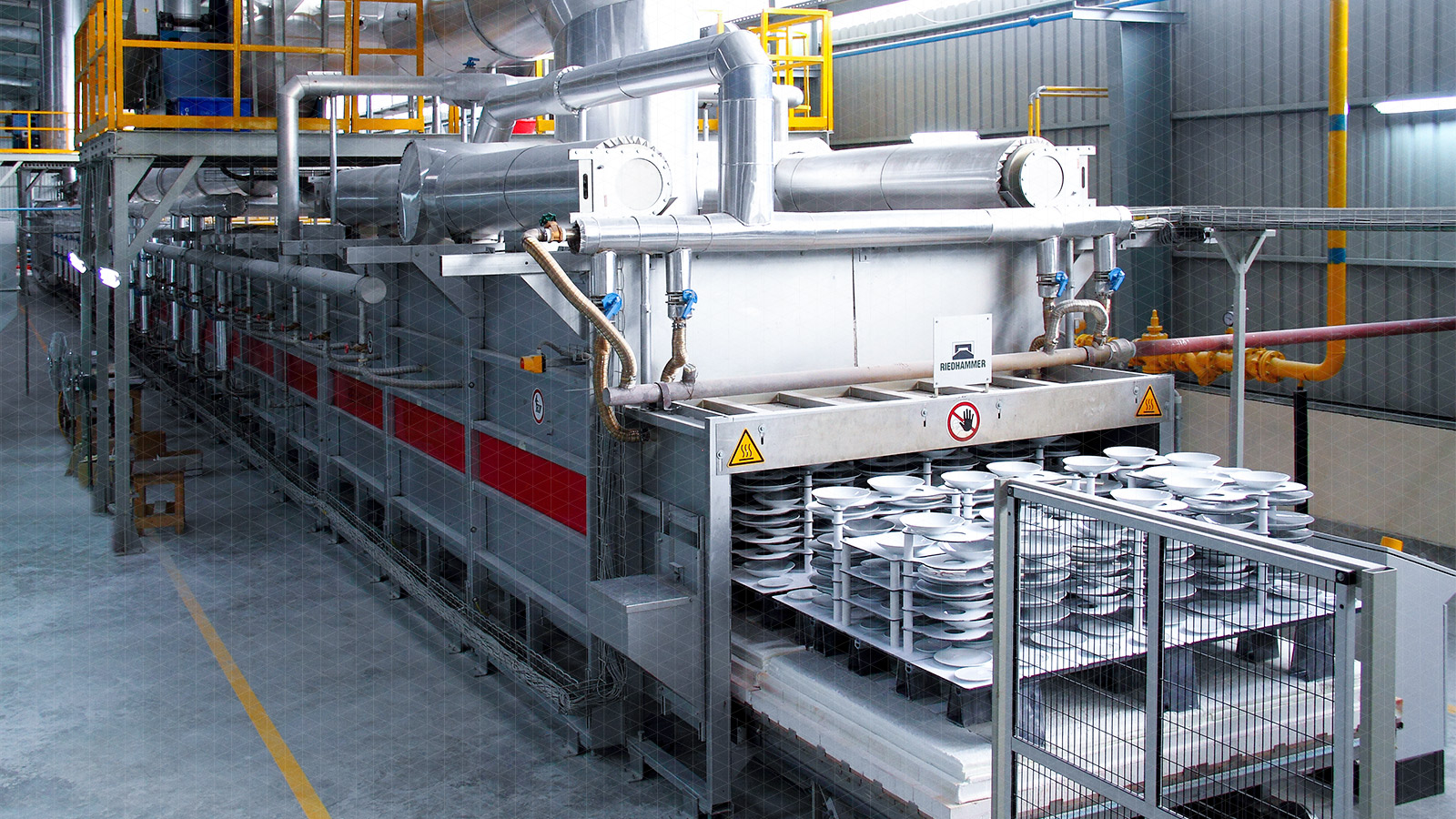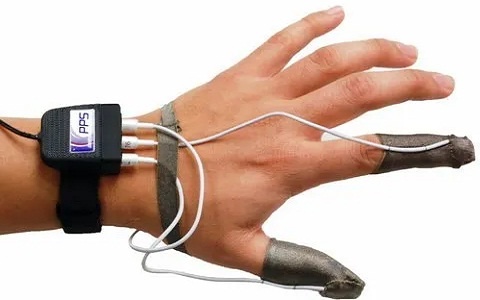 HARO Backlinks – Get Cited Like a Pro in Top Media!
HARO Backlinks – Get Cited Like a Pro in Top Media!
Haier Group Corporation's Strategy and Innovations in the Kitchen Appliances Market
Written by Kajal » Updated on: May 12th, 2025 173 views


Introduction
Haier Group Corporation, a Chinese multinational leader in home appliances, has transformed from a struggling refrigerator manufacturer in the 1980s into the world’s top major appliances brand for 14 consecutive years (2009–2022), as per Euromonitor International. With a diverse portfolio including Haier, Casarte, GE Appliances, Fisher & Paykel, and Candy, Haier commands a 15.7% global market share in major appliances as of 2019. This article explores Haier’s strategies, emerging innovations, and recent developments in the Kitchen Appliances Market projected to reach USD 320.01 billion in 2030 with a CAGR of 5.9% from 2024 to 2030.
Download FREE Sample
Strategic Initiatives Driving Global Dominance
Haier’s success stems from its customer-centric, innovation-driven, and globally integrated strategy, underpinned by its unique RenDanHeYi management model. This model empowers microenterprises (MEs) within Haier to operate as autonomous units, aligning employee incentives with user value creation, fostering agility, and accelerating innovation. By redefining markets—refrigerators as "smart kitchens" and laundry as "clothing care"—Haier expands its scope to deliver scenario-based solutions rather than standalone products.
Global Expansion and Localization
Haier’s international focus sets it apart, with 60% of its sales from outside China in 2023. Strategic acquisitions, such as GE Appliances (2016), Candy (2018), and Japan’s Sanyo Electric, have bolstered its global footprint. Haier operates 122 manufacturing units worldwide, tailoring products to local needs. For example, its expansion in Southeast Asia, including Indonesia (1996) and the Philippines (1997), and a 20% CAGR in Europe, demonstrate its ability to penetrate diverse markets. In 2024, Haier announced plans to expand production in Russia, repurposing Candy’s Kirov factory and establishing a fourth facility in Naberezhnye Chelny, despite geopolitical challenges.
Policy and Market Alignment
In China, Haier leverages government trade-in subsidies for appliances, holding a 28% market share in 2023, with 40–50% dominance in refrigeration and laundry. Its premiumization strategy, led by the high-end Casarte brand, targets affluent consumers in lower-tier cities, achieving a 30% sales surge in Australia and 15% growth in Thailand in 2022.
Sustainability Commitment
Haier integrates sustainability into its strategy, developing energy-efficient appliances and adopting eco-friendly manufacturing. Its COSMOPlat platform supports digital transformation for SMEs, reducing waste and energy use. Haier’s focus on sustainability aligns with consumer demand, as 51% prioritize energy efficiency, per industry studies.
Inquire before buying
Emerging Innovations in Kitchen Appliances
Haier’s innovation ecosystem, powered by its 10+N R&D system and HOPE platform, connects over one million global resources for 24/7 collaborative development. Key innovations in kitchen appliances include:
• Three-Winged Bird Smart Home Solutions: Launched in 2020, this platform offers a "1+3+5+N" smart home ecosystem, centered on the Smart Home Brain, an AI-driven hub. Features include refrigerators that track inventory via mobile apps and ovens with recipe-sharing touchscreens, enhancing user convenience. In 2022, Three-Winged Bird opened over 3,300 experience stores globally.
• Flat-Embedded Refrigerator: Introduced in 2023, this space-saving, energy-efficient design integrates seamlessly into modern kitchens, addressing urban consumer needs for compact, stylish appliances.
• Smart Kitchen Ecosystem: Haier’s Internet of Food (IoF) connects appliances like refrigerators and ovens to optimize meal planning and cooking. For instance, IoF supports over 65 million users with personalized dining solutions, integrating with 5,300 resource providers across 15 industries.
• AI and IoT Integration: Haier’s HomeGPT 2.0 (2024) enhances appliance interactivity, enabling refrigerators to suggest recipes based on inventory and user preferences. Edge-based AI ensures data privacy, a critical consumer concern.
• Casarte Lightyear TV: While not a kitchen appliance, this QD-MiniLED TV, certified for eye protection, complements Haier’s smart kitchen ecosystem by offering a connected entertainment hub for modern homes.
Haier’s COSMOPlat Industrial Internet Platform, linking 800,000 enterprises, drives smart manufacturing, reducing production costs and enabling customization. In 2022, Haier’s interconnected factories produced 1.09 million units, a fraction of its 65 million total, indicating potential for scaling IoT-driven production.
Recent Developments and Market Adaptations
Haier’s adaptability is evident in its response to market challenges. Despite a global economic slowdown in 2022, Haier achieved 4.2% sales growth in Europe, outperforming the industry’s 8.8% decline. Its digital platforms for R&D, manufacturing, and logistics, leveraging IoT, big data, and 5G, enhance operational efficiency. The Haier Ecosystem Innovation Park, launched in December 2022, integrates state-level labs to accelerate R&D.
Industry 5.0 Transformation
Haier is pioneering Industry 5.0, focusing on green digital intelligence and ecosystem collaboration. Its COSMOPlat platform supports digital management for industrial parks and SMEs, covering appliances, healthcare, and automotive sectors. This aligns with the growing demand for personalized, sustainable solutions.
Strategic Partnerships
Haier collaborates with Google to develop generative AI platforms, enhancing personalized user experiences. Its 75% coverage of Chinese villages and towns by 2020, with full coverage expected soon, showcases effective distribution partnerships. In 2025, Haier appointed Thai celebrity BamBam as a brand ambassador to target younger consumers, reflecting its focus on emerging demographics.
Challenges and Competitive Landscape
Haier faces intense competition from Samsung, LG, Whirlpool, and emerging players like Xiaomi in the smart appliance space. Raw material price fluctuations (86% of production costs) and rising labor costs in Southeast Asia pose risks. Additionally, Haier’s 2024 cease-and-desist actions against open-source projects like hOn and pyhOn sparked criticism, highlighting tensions between proprietary systems and consumer demand for interoperability.
Conclusion
Haier Group Corporation’s leadership in the kitchen appliances market is driven by its RenDanHeYi model, global expansion, and relentless focus on innovation. Emerging technologies like the Three-Winged Bird ecosystem, AI-driven appliances, and COSMOPlat position Haier to meet evolving consumer needs for smart, sustainable solutions. Despite competitive and economic challenges, Haier’s strategic acquisitions, localization efforts, and digital transformation ensure it remains a dominant force, poised to shape the future of the kitchen appliances market through 2030.
Note: IndiBlogHub features both user-submitted and editorial content. We do not verify third-party contributions. Read our Disclaimer and Privacy Policyfor details.
Copyright © 2019-2025 IndiBlogHub.com. All rights reserved. Hosted on DigitalOcean for fast, reliable performance.

















